When hurricane Katrina tore through New Orleans, thousands of people were killed, injured or displaced. That was almost seven years ago, but the communities affected by the storm are still rebuilding.
This spring, Wright State University sent students to the Big Easy to help in that process. The trip was the culmination of a UVC service-learning class in which students studied the financial, social and psychological effects of Katrina on people and communities within New Orleans.
“It helped us gain an understanding of what they went through so we’d have background on the city when got down there,” said Chelsea Burns, who participated in the project. Burns is a junior mass communication major. She said that once the class arrived in New Orleans, the damage was not immediately visible.
“You don’t see a lot of the destruction,” she said. “They’ve done a lot of rebuilding. But they talk about how it’s not so much physically rebuilding; it’s about rebuilding the community.”
Kia Watkins, a senior psychology major, said the most moving part of the trip was meeting a man who had lost everything—numerous cars and three houses—in the storm but still invested his last penny in his community center.
“He was one of the most humble people I’ve ever met,” said Watkins. “He said Katrina was the best thing that ever happened to him because it taught him how to appreciate people, and that material things don’t last.”
While they worked in New Orleans, students had the chance to speak to many natives of the city about their experiences. Burns even spoke with Leona Tate, who helped desegregate schools in the wake of Brown versus Board of Education.
The students’ service projects included refurbishing an orphanage for use as a Catholic school and planting gardens to provide food and herbal remedies for people who cannot afford professional health care. They also planted trees in wetlands belonging to local native American tribes.
One of the most talked-about tasks was sorting Mardi Gras beads at an ARC (Association for the Retarded Children) center.
Watkins, who initially thought the project was strange and a little silly, soon learned otherwise. “I didn’t realize that so much funding from Mardi Gras and the Mardi Gras beads is given to the city to help in areas where help is needed,” she said. The ARC recycles the beads, selling them the next year for funds to run the center.
One of Burns’ favorite activities was a visit to a horse rescue.
The horses were found wandering after Katrina, or were let go by owners who could no longer afford to keep them. The woman who runs the rescue farm uses the horses in an incentive program for young people who are struggling in school. In return for good grades, they received riding lessons and got to spend time with the horses, grooming them and working in their stalls.
Both Watkins and Burns said that the trip to New Orleans was eye opening, not only because of the devastation of Katrina, but because it let gave them the opportunity to experience a different culture.
“It helps you learn to look at things from other people’s perspective and become more empathetic,” said Burns. “It gives me more motivation to step outside of my comfort zone and go after opportunities that I wouldn’t normally have.”
Watkins said the time outside the classroom helped her bond with classmates.
“I don’t talk in class at all,” she said. “But the minute you put me somewhere where I’m hands on and interacting with people…that’s the best way to learn.”
The trip to New Orleans builds on Wright State’s already-impressive resume of service-learning curriculum. In addition to the New Orleans group, Wright State sent students to Athens, Ohio this spring to partner with the Good Works. Students from Wright State also went to Joplin, Mo., last year in the wake of the F5 tornado that devastated the region.
- The students’ service projects included refurbishing an orphanage for use as a Catholic school.
- Students also planted gardens to provide food and herbal remedies for people who cannot afford professional health care.
- If they weren’t already familiar, students learned how to be handy with a paint brush during their trip to New Orleans.
- The trip was the culmination of a UVC service-learning class in which students studied the financial, social and psychological effects of Katrina on people and communities within New Orleans.
- In addition to the New Orleans group, Wright State sent students to Athens, Ohio this spring to partner with the Good Works. Students from Wright State also went to Joplin, Mo., last year in the wake of the F5 tornado that devastated the region.

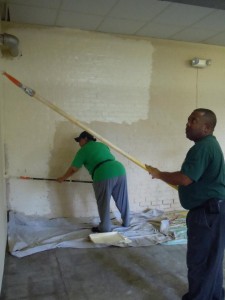
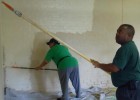
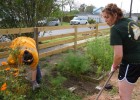
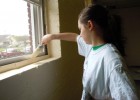
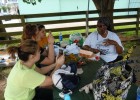
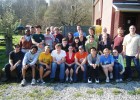
 Wright State Theatre to present rom-com musical ‘The Wedding Singer’
Wright State Theatre to present rom-com musical ‘The Wedding Singer’  Heavy metal learning
Heavy metal learning  State grants to bolster Wright State’s electric vehicle and advanced manufacturing training for students
State grants to bolster Wright State’s electric vehicle and advanced manufacturing training for students  Wright State partners with local universities, hospitals to expand mental health care for students
Wright State partners with local universities, hospitals to expand mental health care for students  Wright State students, first responders team up for Halloween event
Wright State students, first responders team up for Halloween event 